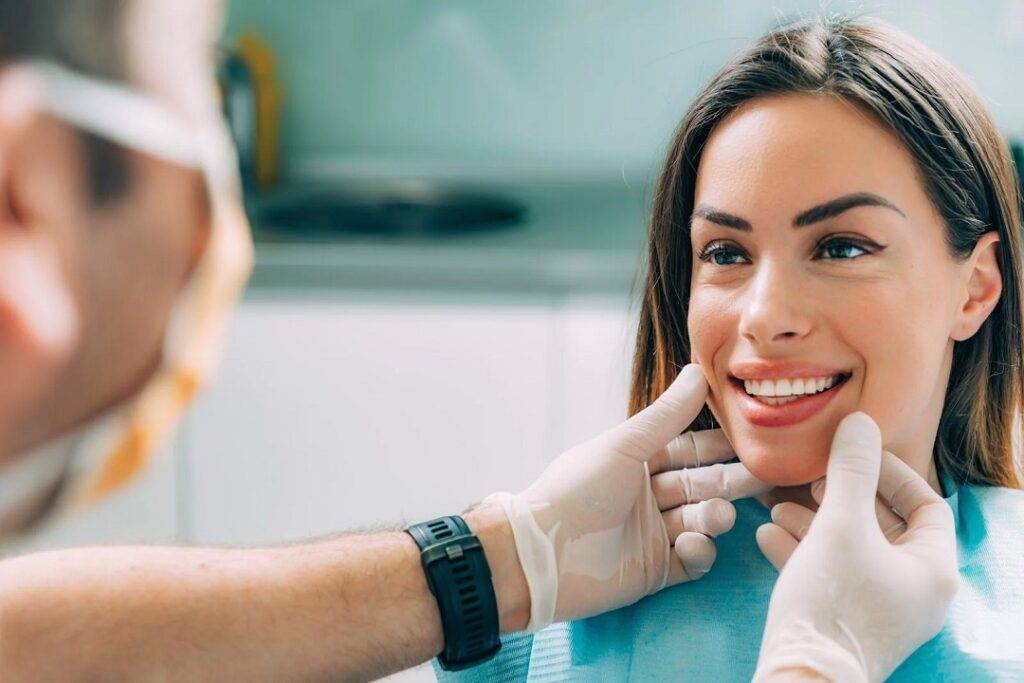Orthodontic treatment planning is a vital component of providing personalized care that addresses the unique needs of each patient. The key to successful treatment lies in selecting the appropriate appliance based on the complexity of the case.
This ensures that the patient achieves optimal results in both function and aesthetics. From mild cosmetic concerns to more severe malocclusions, the choice of appliance plays a pivotal role in determining treatment duration, patient comfort, and the overall effectiveness of the treatment plan.
For patients with mild to moderate orthodontic concerns, such as minor spacing or crowding, clear aligners are often the preferred appliance. These aligners are virtually invisible, offering a discrete treatment option that is particularly appealing to adult patients and teens who may be self-conscious about wearing braces.
Clear aligners work by gradually shifting teeth into their desired positions through a series of custom-made, removable trays. They offer convenience as they can be taken out for eating and cleaning, making them a popular choice for patients who seek minimal disruption to their daily routine.
However, clear aligners are most effective for cases where the teeth need to be moved in simple or controlled ways, such as minor rotations or slight changes in bite.
For more complex orthodontic issues, such as significant crowding, bite discrepancies, or severe misalignments, traditional braces are often the better option. Braces are more versatile and can address a wider variety of issues by applying constant pressure to move the teeth into their desired position.
Whether correcting rotations, closing large gaps, or adjusting the bite, braces provide more control over tooth movements and can be adjusted more precisely. This makes braces a suitable option for patients with more complicated needs, such as those with substantial bite issues or jaw alignment problems.
Unlike clear aligners, braces are fixed appliances that cannot be removed, ensuring that patients cannot forget to wear them or take them out during the day.
In some cases, a combination of both clear aligners and traditional braces may be used to address different aspects of a patient’s case. For example, braces may be employed for more intricate movements like bite correction, while clear aligners can be used to refine the alignment once the major movements have been achieved.
This hybrid approach allows orthodontists to leverage the benefits of both treatment options, ensuring the most efficient and effective outcome for the patient.
The patient’s age, lifestyle, and preferences also influence the choice of appliance. For younger patients, especially those still growing, traditional braces may be the most reliable option as they offer a comprehensive solution for more complex malocclusions.
For older teens and adults who prioritize aesthetics, clear aligners can provide a more discreet option. Furthermore, with advancements in digital orthodontics, 3D scanning and treatment simulation software allow orthodontists to evaluate treatment plans before starting the process, ensuring the best appliance is selected based on the patient’s specific needs.
Additionally, orthodontic tools such as expanders or elastics may be integrated into the treatment plan to address issues like narrow palates or bite misalignments.
These additional appliances are often used in conjunction with either braces or aligners to enhance the treatment’s effectiveness and help achieve better outcomes.
In conclusion, selecting the right orthodontic appliance is crucial to achieving successful treatment outcomes. By assessing the complexity of the case and considering factors such as the patient’s specific dental needs, preferences, and lifestyle, orthodontists can tailor their approach to provide the most effective and efficient treatment.
Whether choosing traditional braces, clear aligners, or a combination of both, the goal is to ensure that patients receive the best possible care for their individual orthodontic needs.


